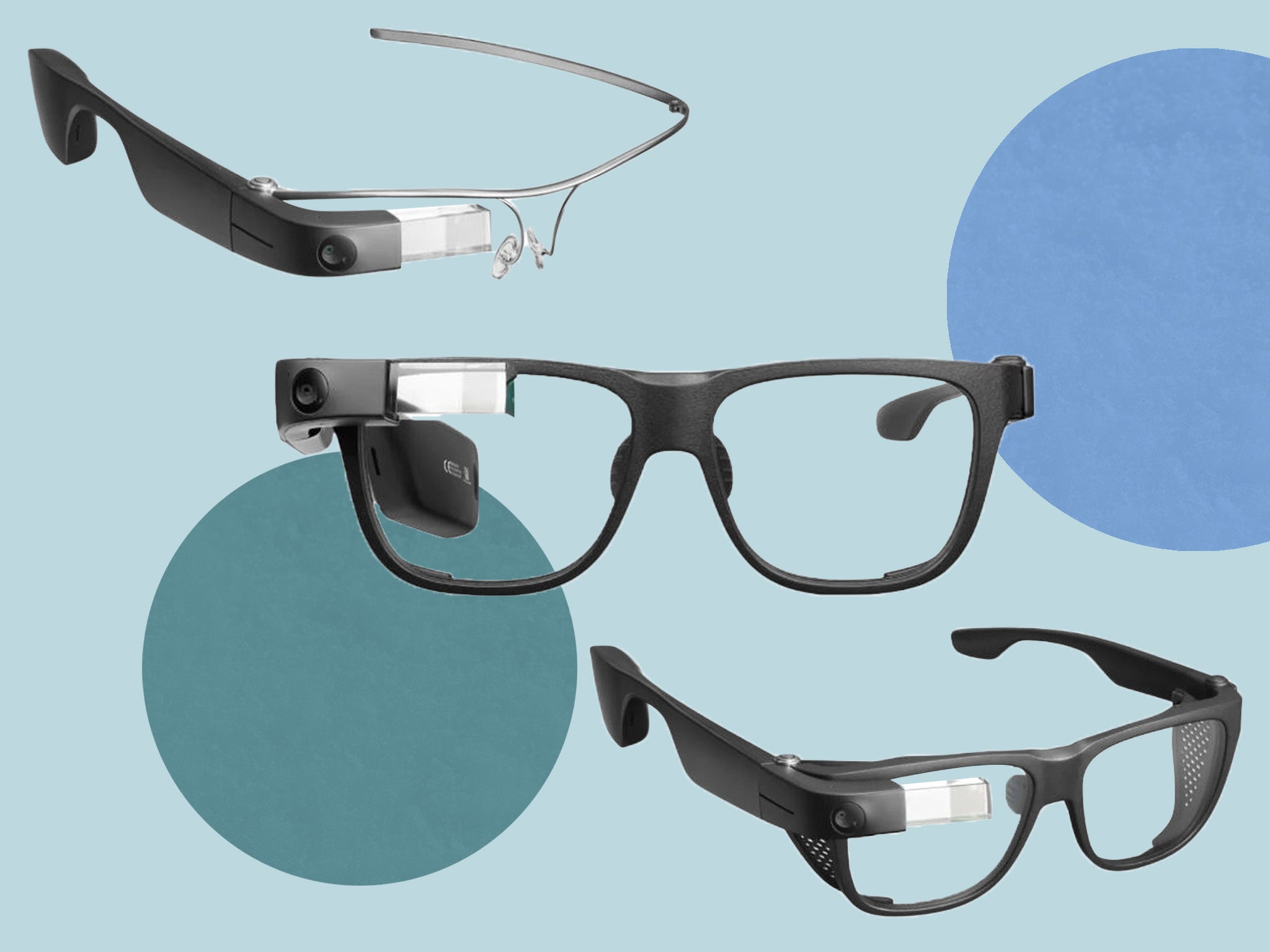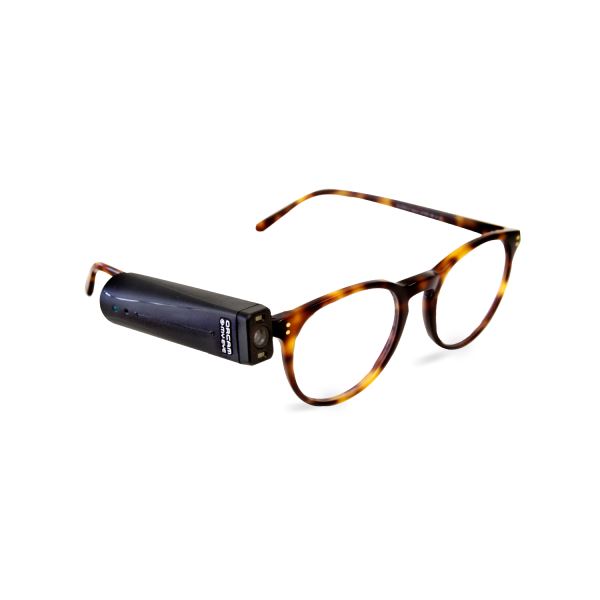Mobility Aids for Visually Impaired Users: Enhancing Independence and Navigation
Discover Advanced Assistive Tools for Individuals With Aesthetic Impairments
The landscape of assistive innovation for individuals with aesthetic impairments is advancing quickly, offering a variety of innovative gadgets that improve autonomy and involvement (Braille displays and notetakers). From smart glasses that perfectly combine aesthetic input with acoustic support to innovative navigating applications that redefine spatial awareness, these devices are reshaping opportunities. The latest developments in Braille modern technology and voice-activated systems significantly contribute to availability. The ramifications of these growths extend much beyond mere functionality; they challenge conventional assumptions of handicap and independence. What might this imply for the future of addition and support?
Smart Glasses Innovations
Smart glasses stand for a considerable innovation in assistive innovation for people with visual problems. Geared up with sensors and video cameras, smart glasses can capture real-time aesthetic info, which is after that refined and shared to the customer through audio responses or haptic feelings.
Additionally, developments in synthetic intelligence have actually even more enhanced the capacities of smart glasses. Artificial intelligence algorithms can recognize faces, reviewed message, and recognize items, making them invaluable devices for day-to-day jobs. Customers can receive acoustic hints that give context regarding their setting, promoting freedom and confidence.
In addition, the ergonomic design and light-weight nature of numerous smart glasses make them suitable for prolonged usage, ensuring convenience while boosting performance. As these devices proceed to progress, they hold the prospective to reinvent the way individuals with aesthetic disabilities experience their daily lives, bridging the void in between access and innovation. The recurring r & d in this field guarantee to broaden the possibilities for clever glasses, making them an important part of modern assistive devices.
Navigating Application and Equipment
Various navigating apps and devices have become necessary sources for individuals with visual problems, significantly improving their ability to traverse unknown atmospheres. These modern technologies take advantage of GPS performance, audio hints, and real-time data to supply individuals with exact navigation aid.
One noticeable example is the Aira app, which connects customers to experienced representatives who can offer visual summaries of environments and navigation assistance with an online video feed. This service boosts the customer's spatial recognition and self-confidence while navigating. Another remarkable device is Seeing Eye GPS, which uses voice-guided navigation and points of passion, allowing individuals to accessibility crucial info about their environments.

As technology continues to breakthrough, the growth of extra advanced navigation tools promises to more encourage people with visual impairments, facilitating smooth mobility and assimilation right into diverse settings. Such developments contribute in advertising a much more comprehensive society.
Braille Technology Advancements
Over the last few years, developments in Braille innovation have actually significantly transformed exactly how individuals with visual disabilities gain access to information and involve with the globe around them. The growth of mobile contacts for kids Braille display screens has reinvented analysis by enabling individuals to link wirelessly to mobile phones, computers, and tablets. These tools transform text into Braille in real-time, allowing smooth interaction with digital material.
Additionally, cutting-edge Braille printers have actually arised, improving the production of tactile products. Modern embossers are quicker and much more efficient, allowing for the quick development of Braille files and educational products. This performance minimizes the time and cost linked with creating Braille sources, making them extra obtainable to companies and institutions.
Additionally, the integration of Braille with various other innovations, such as synthetic knowledge and artificial intelligence, has actually opened brand-new opportunities for customized learning experiences. Voice acknowledgment Go Here and synthesis technologies can enhance Braille, giving a comprehensive method to details circulation.
As the demand for comprehensive education and office environments expands, these technological developments play an important duty in equipping people with visual disabilities, guaranteeing they have equal access to information and opportunities in various elements of life.
Wearable Devices for Freedom
A growing range of wearable tools is enhancing freedom for individuals with visual disabilities, supplying ingenious services that boost navigation and everyday living. Braille displays and notetakers. These tools utilize sophisticated modern technologies to provide real-time comments and assistance, advertising freedom in various atmospheres

Wearable technology likewise includes smartwatches that can be set with access functions, enabling customers to receive alerts, track their locations, and even require assistance with the touch of a button. Some gadgets include fabricated knowledge to analyze the environment, offering audio summaries of close-by things or individuals.
Voice-Activated Assistive Solutions
Leveraging voice-activated assistive solutions has transformed the landscape of support for individuals with visual impairments, providing hands-free interaction and accessibility to a range of jobs. These modern technologies make use of all-natural language handling and expert system to enable users to carry out everyday activities through easy voice commands.

Moreover, recent innovations in voice recognition accuracy have improved the user experience considerably, fitting diverse accents and speech patterns. This inclusivity guarantees that even more individuals can take advantage of these innovations, promoting a higher sense of autonomy.
Final Thought
To conclude, the advancement of sophisticated assistive gadgets substantially improves the self-reliance and lifestyle for people with aesthetic impairments. Developments such as smart glasses, navigation applications, Braille modern technology, wearable tools, and voice-activated remedies jointly promote a more inclusive setting. These modern technologies empower customers to browse their surroundings with self-confidence and involve more fully with the globe, eventually promoting higher availability and level playing fields for individuals facing aesthetic obstacles.
The landscape of assistive innovation for individuals with aesthetic problems is progressing quickly, presenting a range of innovative tools that improve autonomy and involvement.Smart glasses represent a substantial improvement in assistive innovation for people with aesthetic impairments. As these tools proceed to evolve, they hold the prospective to change the method people with visual problems experience their everyday lives, bridging the space between availability and technology.In recent years, advancements in Braille innovation have substantially changed how people with visual disabilities access info and engage with the world around them. These innovations encourage users to browse their surroundings with confidence and involve more completely with the globe, ultimately advertising better accessibility helpful resources and equal chances for people encountering visual obstacles.